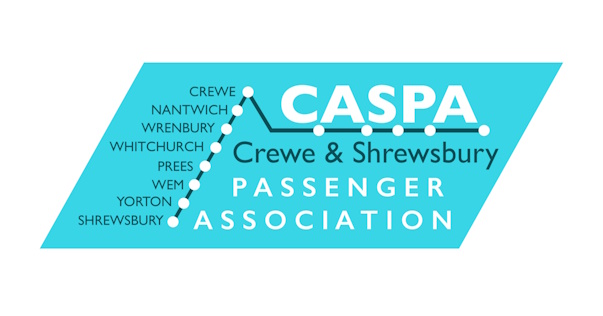I have looked at the data from November 2018 that NR sent with the FOI response.
There are 1500 readings in the month with a whole spread of times from 1 minute to the longest at 13 minutes. A good pass for a not stopping single train will be 2 minutes. For a north bound stopper a good pass is 4 minutes, and bit less for the south bound. For a good double pass, 6 minutes. For a bad double or triple with freight.it could be 10-13 minutes. The worst times are 14.30, 18.40 and 20.30 when two or three trains are closely timetabled. If you are on the east side, and want to catch a northbound train at these times, it would be advisable to be over the crossing 10 minutes before the booked time of the northbound train.
Many of the long downtimes are in the night with no timetabled trains, so something unusual is going on there.
North bound trains pass through the station platform before the level crossing. If they stop at the platform, the crossing will already be down, so the dwell time at the platform will be added to the signalling time for the crossing down time. Obviously if there is delay at the platform, then the crossing time will go out.
For south bound trains the level crossing is before the platform, and the crossing will open as soon as the train passes, and the dwell time is not added. So north bound stoppers are a bigger risk for long down times.
But one of the worst cases is where a stopping southbound is timetabled just before the north bound. The down time is then the sum of the southbound approach, min gate time, then the northbound approach, northbound dwell time at platform, northbound clearance time. This could easily be 2 + 1 + 2 + 1 + 1 = 7 minutes. A few extra minutes to get a wheel chair or similar off the northbound gives 11 minutes.
But a similar thing can happen with the northbound strike in first, approach time, dwell time, min gate time, south bound strikes in, approach, clearance time. The times would be 2 + 1 + 1 +2 + 1 = 7 minutes.
Although a long down time can happen at any time, there are three hot times. These are 14.30, 18.40 and 20.30. All of these have this south bound first, northbound stopper second scenarios.
14.30 The shortest is 2 minutes and the longest is 11 minutes. There is a very high likelihood of a time more than 6 minutes, and a high likelihood of more than 8 minutes. The trains are Northbound freight train 16.25 (does not always run), Southbound Cardiff stopper 16.36, Northbound Crewe stopper 16.40
If all these are on time the three should I think cross independently. But it is clear that this does not happen all the time. Two together would give a reasonable 6 minutes. Northbound stopper risk apples.
18.40 The shortest is 2 minutes and the longest is 11 minutes. There is a very high likelihood of a time more than 6 minutes, and but a lesser likelihood of more than 8 minutes. The trains are Southbound Cardiff stopper 18.37 Northbound Crewe stopper 18.40. If all these are on time the two should pass together but the down time will be long, 6 minutes or so. But strangely is clear that this does not happen all the time. Northbound stopper risk apples. There are several 11 minute times that start with the southbound train. I suspect that the barrier is triggered by this strike in, the south bound passes, but the north bound is already approaching and this inhibits the opening of the crossing. So the crossing remains down until the northbound has stopped, and restarted. There is no overlap of the trains and the down time is the total of the two separate timings plus any safety margin (1 min?) between gates when it is not safe to open between trains.
20.40 The shortest is 2 minutes and the longest is 11 minutes. There is a very high likelihood of a time more than 6 minutes, and high likelihood of more than 8 minutes. The trains are Southbound Cardiff stopper 20.37 Northbound Crewe stopper 20.46. If these are on time the two should pass apart with a down time of 2 minutes each. But things appear to go wrong, and often they meet together with a long downtime, 8 minutes or so. Northbound stopper risk apples. There are several 11 minute times that start with the southbound train. I suspect that the barrier is triggered by this, the south bound passes, but the north bound is already approaching and this inhibits the opening of the crossing. So the crossing remains down until the northbound has stopped, and restarted.
I will spend some time in the coming months checking actual timings as these critical times, to verify what is happening. Do you locals recognise the pattern that I am seeing from the numbers?
Any comment on this please to contact_us@caspa.org.uk

